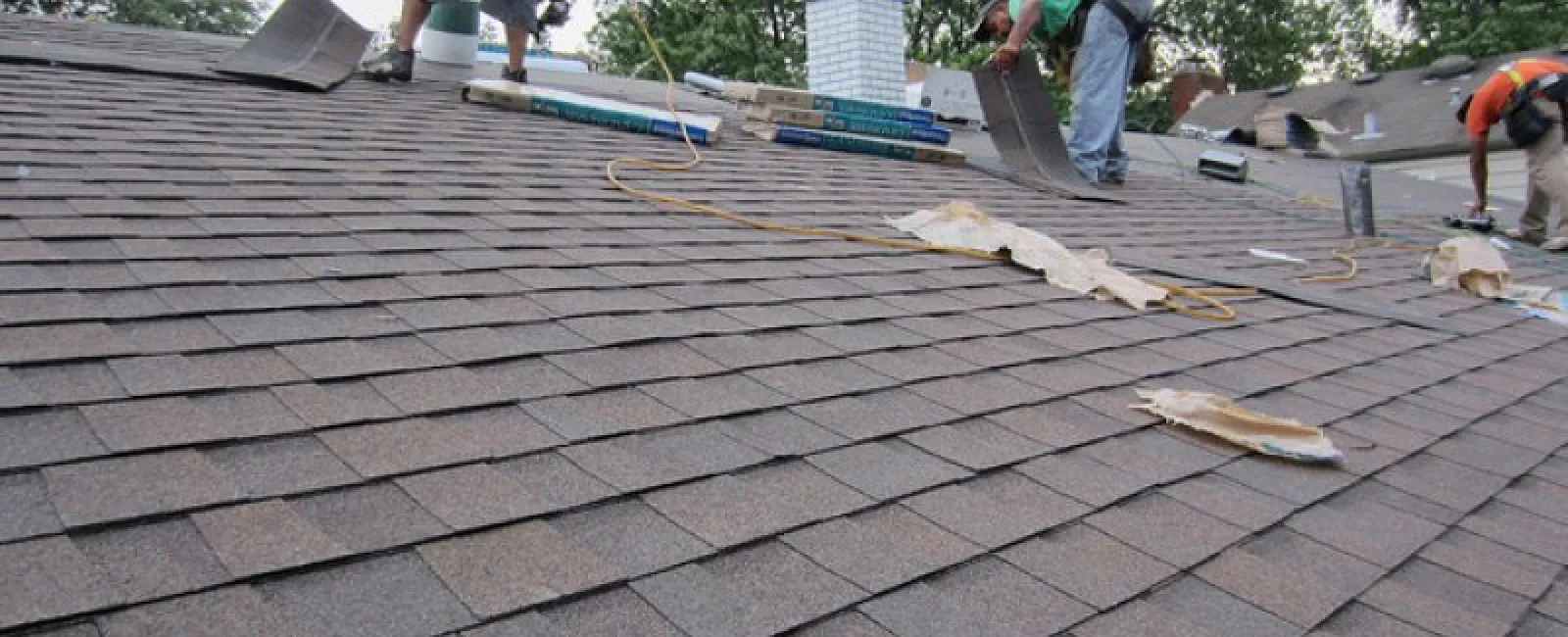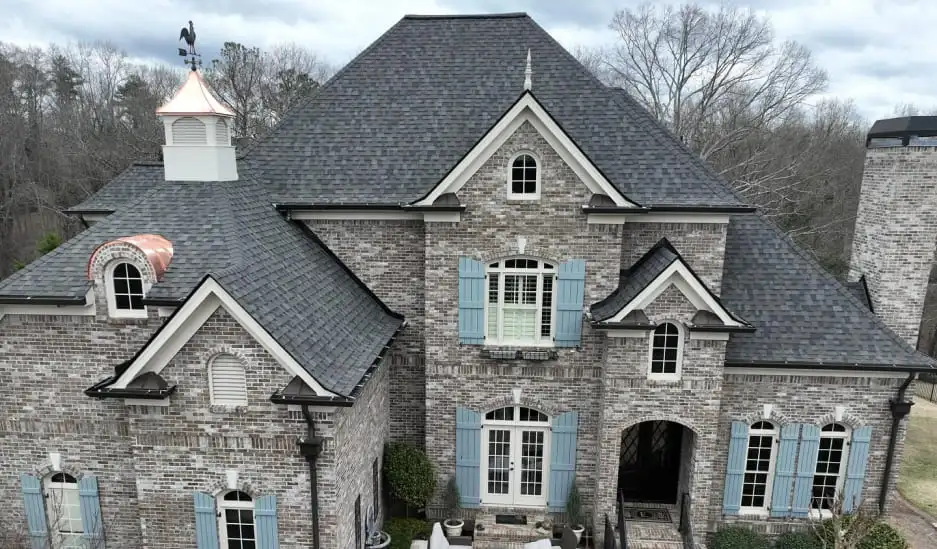When you see shingles or sections of your roof blistering, the issue may trace back to poor installation or could be the result of recent damage. Intense heat in the Atlanta area complicates matters, but you may not need to call a professional roofer every time you see blisters appearing in roof materials. Here are some tips for diagnosing the problem and knowing when to seek professional help.
What causes a blistering roof
Blisters often occur when excessive heat damages the roofing materials. When you have no shade to block direct sunlight to a roof, small blisters can form. Poor attic ventilation is another reason blisters will appear. According to the International Association of Certified Home Inspectors (InterNACHI), poor ventilation is the primary cause of roof blisters. A discrepancy between attic and roof temperatures, caused by lack of insulation on the attic floor, creates the conditions that yield blisters.
Moisture that gets underneath shingles also has the tendency to create blisters on your roof. Evaporation of the water leads to the expansion of the roof materials, which can cause anything from a small blister to larger problems that spread from one side of the roof section to the other. Faulty application of shingle adhesive will allow moisture to creep under the shingles. Moisture damage deserves professional inspection before the situation worsens.
Managing a blistering roof
Blisters usually occur within the first year after new shingles are installed. Small blisters in a few isolated sections may be ignored since they normally do not lead to leaks in your roof, according to InterNACHI. Still, blistering is likely to reduce the life span of your shingles, creating a problem that ought to be addressed sooner rather than later.
Roof appearance is another matter to consider. Blisters create a separation between the base of the roof and the shingle, which makes it likely the blisters will pop and make your roof lose its visual appeal. Multiple holes in a blistering roof will be easily visible from the street. Replacing a section of your roof could help your home retain its value and beauty.
Minor repairs and proper attic ventilation will help you avoid many problems with blisters on your roof. If the blisters reflect moisture damage, call in a roofer to make sure there are no risks for leaking.
Image source: Flickr



